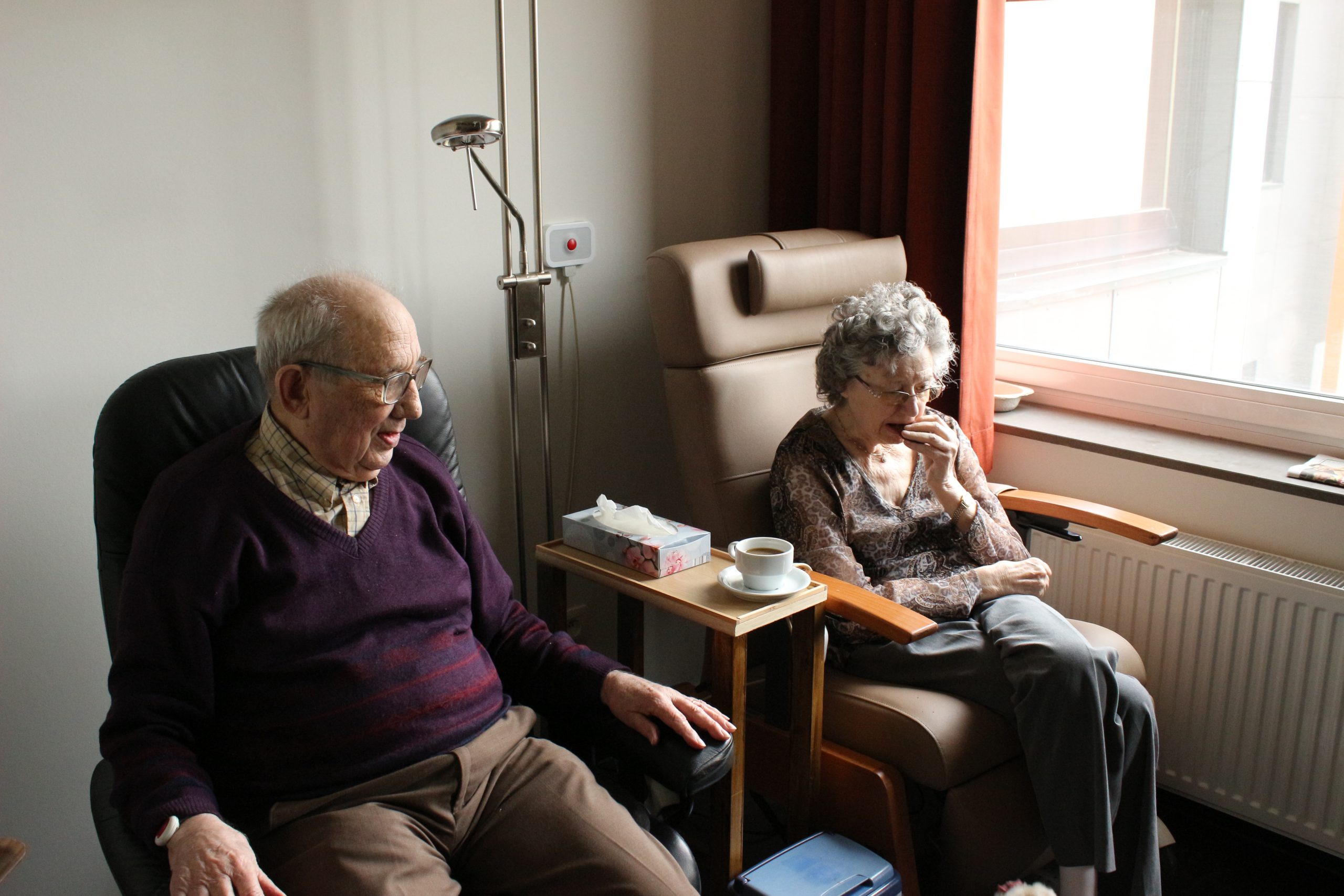Seniors Advocate: Home Support Falling Short
A report submitted by the office of the Seniors Advocate:
British Columbia’s Home Support program is unaffordable for most seniors, offers too little service for high-need clients and has created a workforce where 75 per cent of staff are casual or part-time, says B.C. Seniors Advocate Isobel Mackenzie.
In a comprehensive report released today entitled Home Support…We Can Do Better, Mackenzie examines the health care program, which is a lifeline for many seniors, and makes recommendations for improvement.
“Seniors in our province tell me they want to age in their homes for as long as possible but the system which should enable that is falling short,” says Mackenzie. “When more than 60 per cent of seniors are entering long-term care having received no home support in the months leading up to their placement and 62 per cent of their family members are in distress, it is time to ask how effective the program is at assisting B.C. seniors to live at home.”
Home support, which can include dressing, bathing, meal preparation and other tasks, is intended to allow seniors to live independently longer, delaying or preventing admission to a long-term care facility. The program also supports timely discharge from hospital.
Key findings from the review include:
- Public home support is unaffordable for most seniors. A senior with an income of $27,800 is expected to pay $8,800 a year for a once-daily home support visit;
- 61 per cent of residents admitted to long-term care received no home support in the 90 days before admission;
- 15 per cent (4200 beds)of long-term-care residents could be living in the community;
- On average, a long-term care bed costs taxpayers $27,740 more per year than two hours of daily home support;
- Overall 63 per cent of home support clients receive less than an hour of home support per day on average;
- 51 per cent of home support clients are assessed as high or very high risk for placement in long-term care but receive only 1.2 hours or less of home support per day on average;
- Nearly one-third of family caregivers are in distress;
- The community health workers who provide home support have the highest rate of casual/part time workers of any health care classification;
- Home support has not kept pace with the growing number of seniors. Over the last five years, the number of seniors has grown by 22 per cent but the number of home support clients has increased by 15 per cent;
- The rate of home support clients for the population 85 and older has decreased 4.3 per cent in the last five years;
- The rate of home support hours for the population 85 and older has decreased 10.3 per cent in the last five years; and
- Complaints to the Patient Care Quality Office have increased 62 per cent in the last five years.
“These numbers are reinforced by the feedback my office received through phone calls, letters, emails and personal contacts, and together they point to need for change.”
“The government has made progress on many fronts in the support of seniors: they are increasing the care hours in long-term care; adding adult daycare spaces; and creating more facility-based respite. I applaud them on these efforts and thank them on behalf of the seniors who will benefit from the additional investments. However, home support is also in desperate need and we must find the resources to ensure that seniors who need just a little bit of help at home aren’t being pushed prematurely into long-term care because it is the only affordable option available to them and that overwhelmed family caregivers aren’t faced with the heartbreaking decision to place their loved one in a care home because they could not get just a couple of hours of home support a day,” concluded Mackenzie.
The report makes a series of recommendations focused on making the program more affordable for seniors, increasing service levels, exploring a client direct-funding model, providing seniors with consistent and comprehensive information on the services available to them and exploring ways to make the job of being a community health worker more attractive.
The complete report can be found at: www.seniorsadvocatebc.ca






















